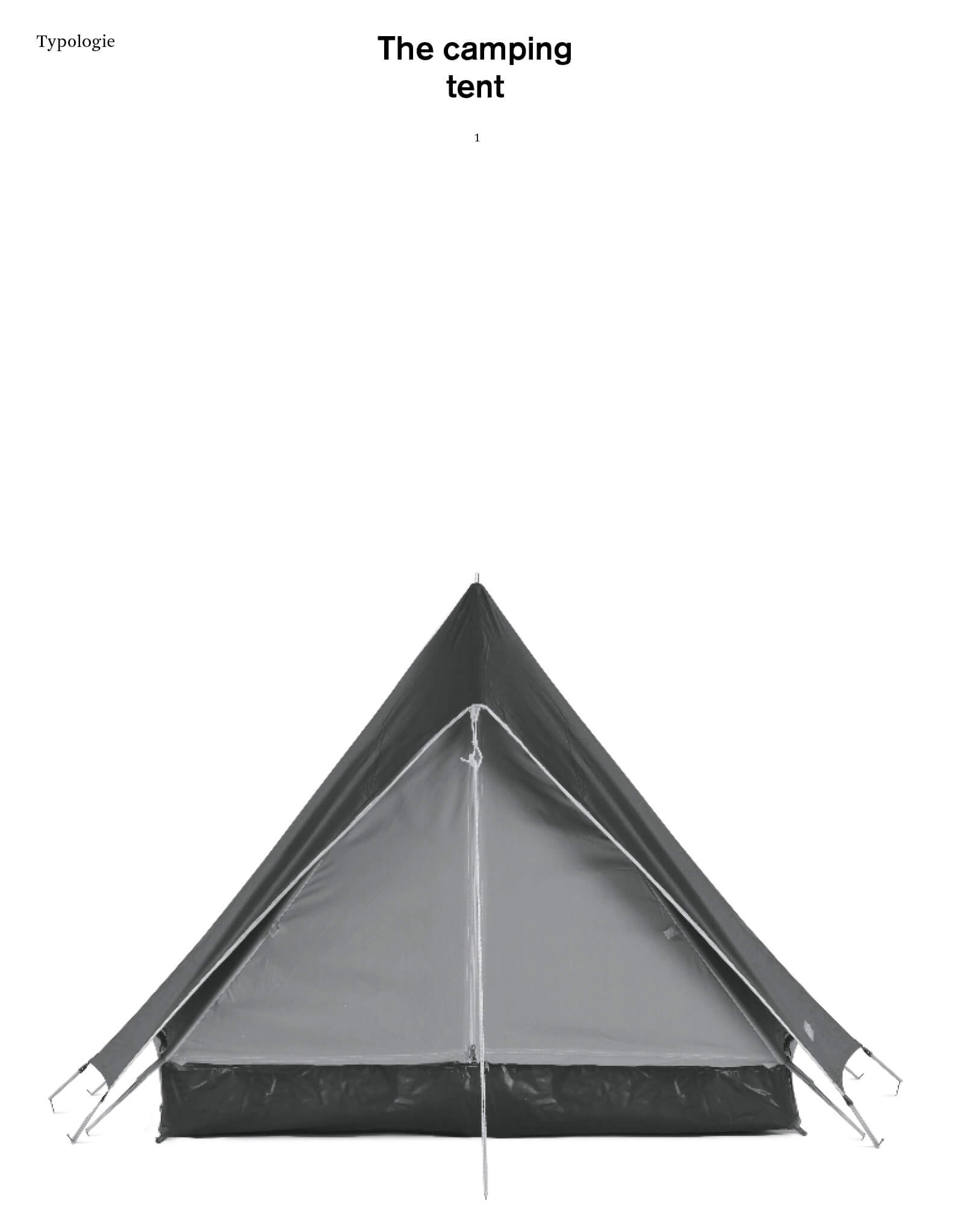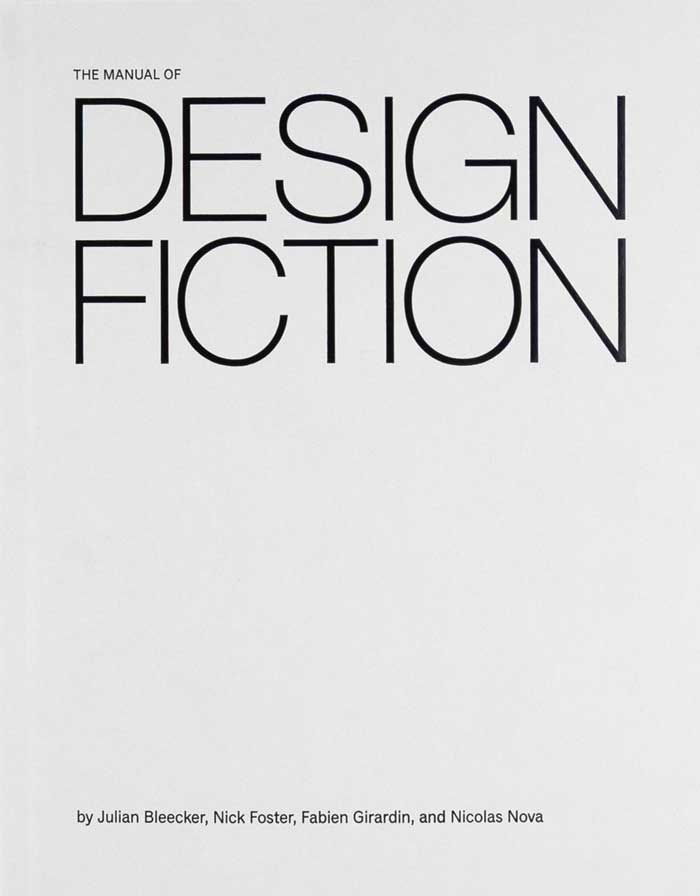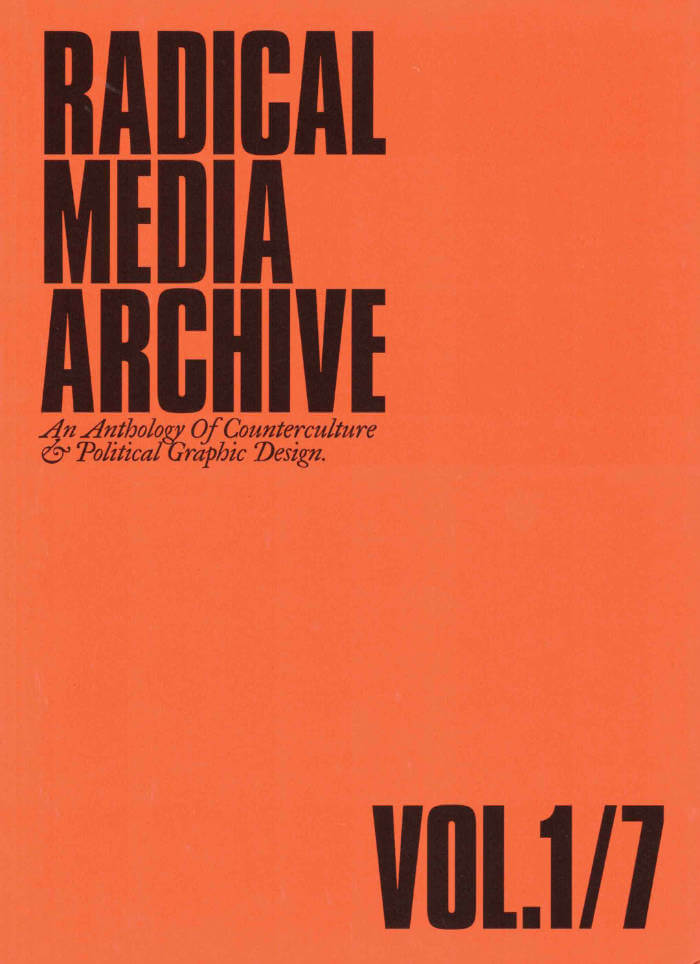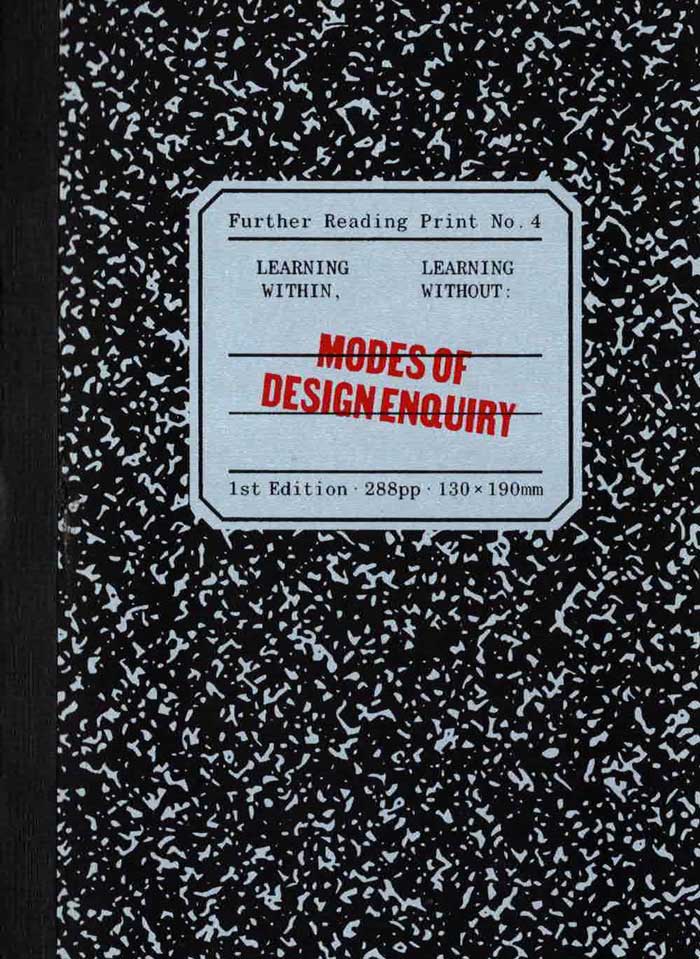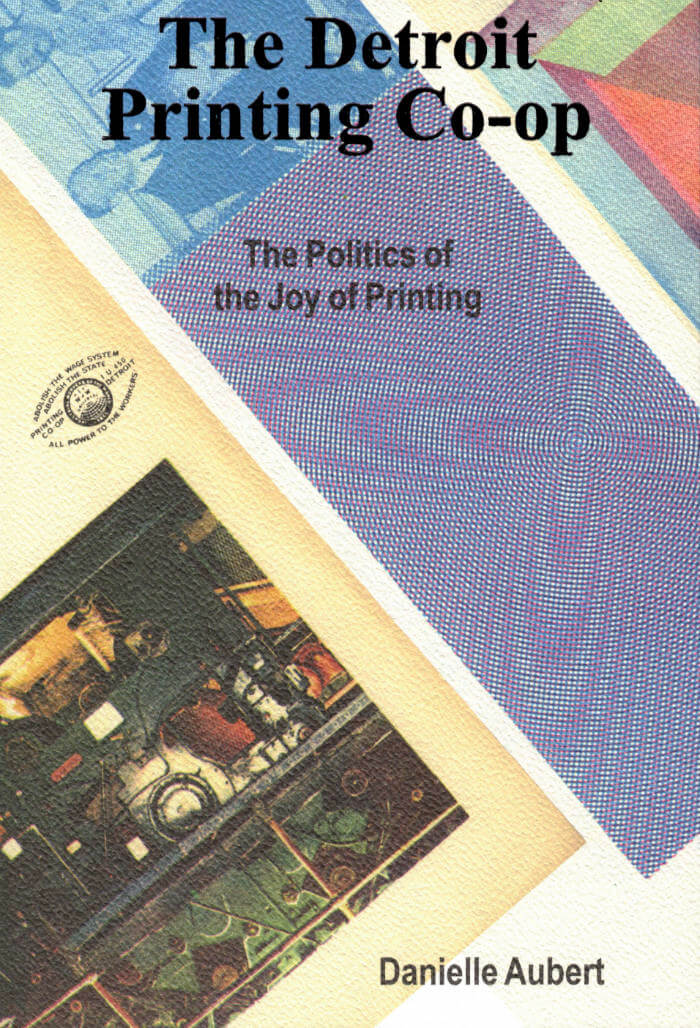
The Detroit Printing Co-Op: The Politics of the Joy of Printing
Between 1970 and 1980, the Detroit Printing Co-op, spearheaded by Fredy and Lorraine Perlman, was responsible for the first English translation of Guy Debord's Society of the Spectacle, printed journals like SDS' Radical America, ultra-left books by their in-house press, Black & Red, and countless posters, pamphlets, and books printed by high school students, black radicals, labor organizers, and anarchists who made use of the freely available facilities at the Co-op.
Fredy Perlman was not a printer or a designer by training, but was deeply engaged in the ideas, issues, processes, and materiality of printing. While at the Detroit Printing Co-op, he rethought the possibilities of prit by experimenting with overprinting, collage techniques, and different kinds of papers. Behind the calls to action and class consciousness written in his publications, there was an innate sense of the politics of design, experimentation, and pride of craft.
"The Detroit Printing Co-op" is a timely exploration of the history, output, and legacy of this unique enterprise, and serves as a testament to the power of printing, publishing, design, and distribution.




